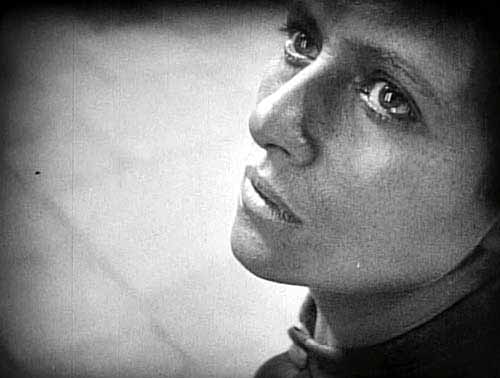22. The Passion of Joan of Arc
3 Jul
dir. Carl Theodor Dreyer
Carl Theodor Dreyer’s The Passion of Joan of Arc is perhaps the most modern film ever made. This statement is especially significant when understanding that the film itself is very much a product of the silent era. Dreyer’s camera, style, and profound sense of composition are crammed with the brand of legendary cinematic innovation connected so closely to the pre-sound silent era, yet his overall execution of the film feels very much like a yet to be understood tone from the future; a disconnected temporal aesthetic haunts the film’s very frames, constructing an almost alien space that is neither connected to the past nor the present. Dreyer’s spectatorial vantage point on the world of the film feels somehow inhuman; we witness both Joan and her accusers from behind a glorified visual prospective, one in which the very nature of human emotion is presented within its purest form. Joan is often viewed from a high angled close-up, her heart-breaking face filling the screen simultaneously with passion and hope, yet terror and fear. Dreyer’s frustrated camera movements allow Joan’s space to feel broken and dangerous, yet his closeness to her physical presence represents the warmth and mercy of her heart. The style of the piece elevates human brokenness past the point of mere presentation, reflecting upon a world normalised by shame and persecution, while at the same time offering a glimpse of forgiveness and compassion via a passionate maintaining of faith in the face of persecution. The film is an extraordinary work of art, operating profoundly on both an artistic and spiritual level, while at the same time offering a mystical sense of personality, as though the film itself was born from outside the human experience, looking in with both shame and sadness, yet coming out with nothing but praise and wholehearted grace.




No comments yet